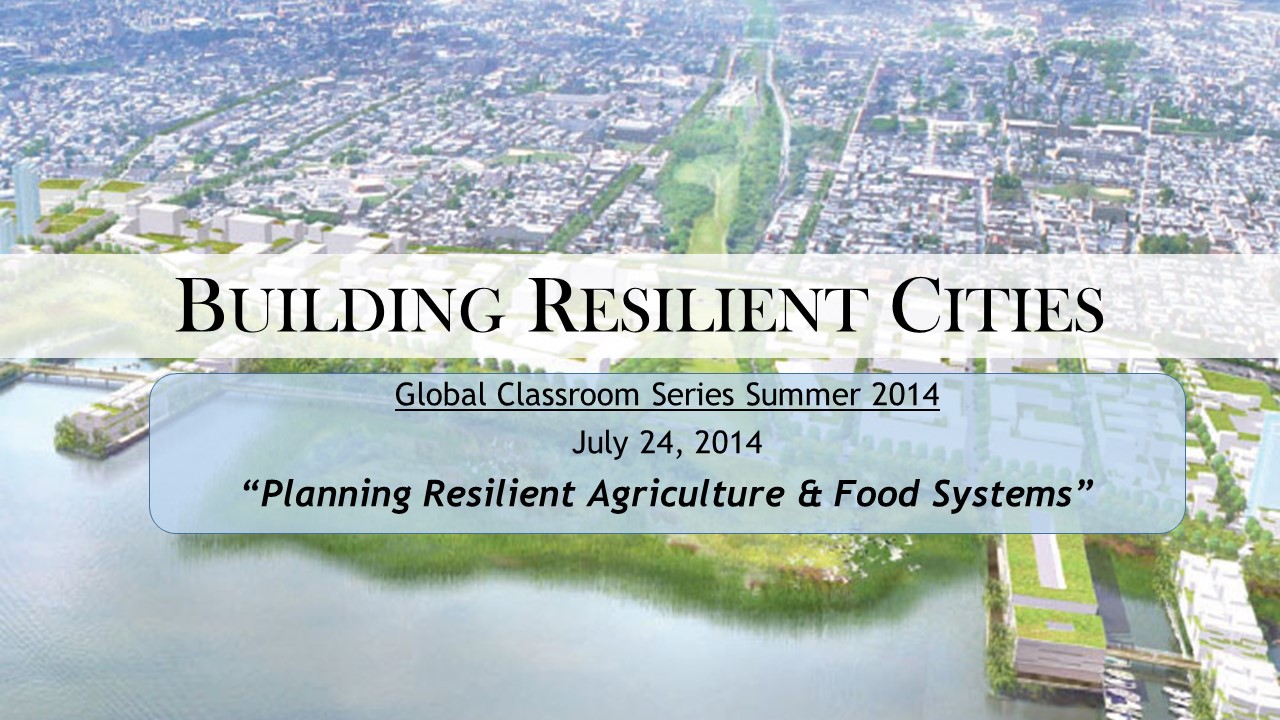Food
 Today, food security, especially in urban cities, is a critical issue. Developing countries are improving their quality of life and, consequently, by 2050 the world will require 70% more food than we produce today to supply not only a growing population but a growing middle class that will be consuming more meat and dairy according to The Earth Institute (Columbia University). Agriculture consumes approximately 70% of our water supply, 34% of land area and contributes between 17%-30% of all greenhouse gas emissions. As a result, not only is agriculture contributing to climate change but it is also suffering from the affects of it.
Today, food security, especially in urban cities, is a critical issue. Developing countries are improving their quality of life and, consequently, by 2050 the world will require 70% more food than we produce today to supply not only a growing population but a growing middle class that will be consuming more meat and dairy according to The Earth Institute (Columbia University). Agriculture consumes approximately 70% of our water supply, 34% of land area and contributes between 17%-30% of all greenhouse gas emissions. As a result, not only is agriculture contributing to climate change but it is also suffering from the affects of it.
Climate change has caused floods, droughts, pest pressure, and other challenges that affect our food and agricultural systems. In San Diego County, wildfire season has increased its duration in three months over the course of three decades. Warmer temperatures are affecting crops such as cherries that need a certain number of winter chill days in order to produce profitable yields.
So how do we achieve sustainable agriculture that provides sufficient food supply with droughts, food price spikes, and water shortage in San Diego? The answer lies in diversity within our agricultural ecosystem. That is; consuming local produce reduces the distance food travels, supports local farmers and is fresher. Consuming responsibly is also a good way to improve our food resiliency on a personal level, that is: choosing products with biodegradable or less packaging and consuming fresher foods instead of processed kinds which use up a large amount of energy.
